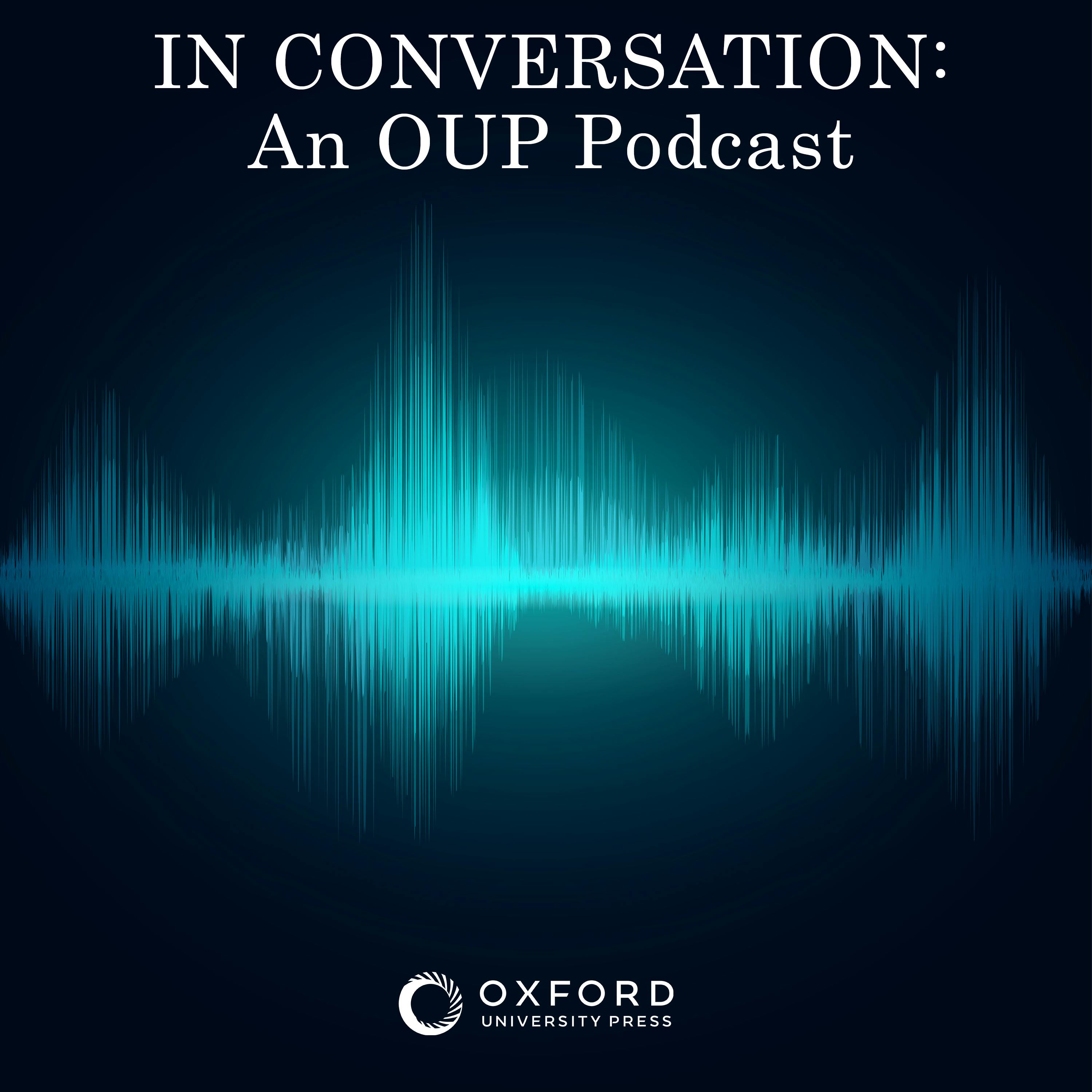
Robert Pasnau, “Metaphysical Themes: 1274-1671” (Oxford UP, 2011)

In Conversation: An OUP Podcast
Shownotes Transcript
What was the scholastic metaphysical tradition of the later Middle Ages, and why did it come “crashing down as quickly and completely” as it did towards the end of the 17th Century? Why was the year 1347 a “milestone in the history of philosophy”? And why didn’t philosophy itself collapse right along with the scholastic framework?
In Metaphysical Themes: 1274-1671) (Oxford University Press, 2011), Robert Pasnau) (University of Colorado, Boulder) provides a monumental yet highly readable synthesis of four hundred years of philosophical thought about the nature of ordinary objects, such as cats or dogs or stones. After examining hundreds of original texts (many only available in the original Latin) Pasnau focuses on metaphysical debates involving the central scholastic concept of substance, understood as a composite of matter and form. He discusses the crushing effect of the Inquisition on innovative metaphysical thought in this period, emphasizes the continuity of scholastic views even among critics of scholasticism, and considers why the dominant metaphysics that succeeded the scholastic framework, which he calls corpuscularianism, was not inevitable. Indeed, as he points out, the new metaphysics brought with it a host of new difficulties that are by now familiar, such as the mind-body problem, the nature of identity over time, and the distinction between appearance and reality.